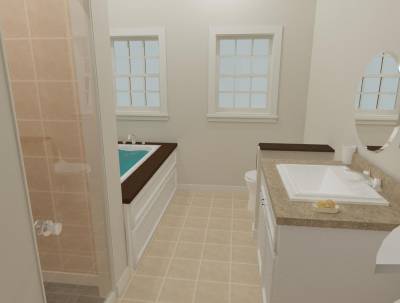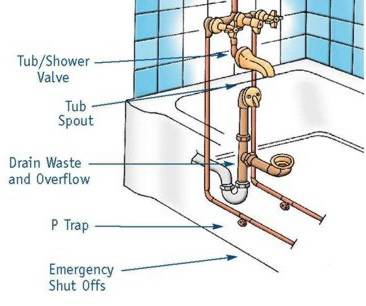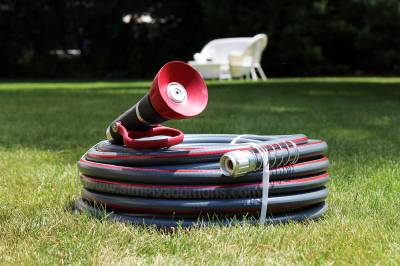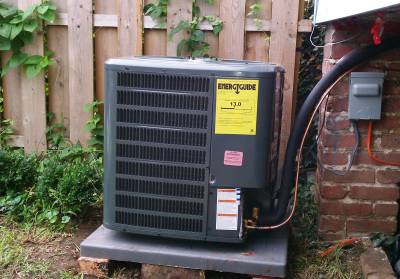 Updating and renovating a home can be a very expensive and time consuming project and some rooms of the home outweigh others, especially in terms of cost. For instance, both kitchen and bathroom renovations can be daunting to amateurs and professionals alike. More often than not, homeowners find themselves rolling in debt after renovations when a room like the kitchen or bathroom is included – but that doesn’t need to be the case.
Updating and renovating a home can be a very expensive and time consuming project and some rooms of the home outweigh others, especially in terms of cost. For instance, both kitchen and bathroom renovations can be daunting to amateurs and professionals alike. More often than not, homeowners find themselves rolling in debt after renovations when a room like the kitchen or bathroom is included – but that doesn’t need to be the case.
For now, we’re going to focus on the bathroom – after all, the bathroom is one room that everyone has to use, and it should be a relaxing environment that both looks and feels nice.
First, it’s important to realize there are several different paths to take when renovating a bathroom. Depending on your skillset and budget, you could go for simple aesthetic updates or a complete overhaul. For our purposes, we’re focusing on updating a bathroom without breaking the bank. After all, money can be tight in this economy, but that doesn’t mean that it’s impossible to revive an old, drab bathroom.
To get started, let’s look at bathroom updates that do break the bank:
- Rearranging fixtures (moving a toilet, sink, tub, etc.)
- Redesigning the plumbing and electrical
In most cases, the layout of a bathroom can be worked into your renovation plans without having to change where fixtures are located. Instead of moving the toilet, sink or tub, think about how you can work with the space that you do have. However, if you have plumping and/or electrical issues, it’s a totally different story. These types of upgrades can be costly, and we recommend that they are completed by a professional. If you are on a budget you do need to fix up the plumbing or electrical, focus on that first. Once the bigger issues are resolved, move on to the design and décor of the bathroom at a later date, so you’re not shelling out too much cash at once.
...
Continue reading
 Fall is one of the best times of the year to spruce up your lawn. Temperatures are dropping, but it’s not too cold – the perfect weather to work outdoors! Plus, the beautiful changing leaves are easy on the eyes while you’re out there working away.
Fall is one of the best times of the year to spruce up your lawn. Temperatures are dropping, but it’s not too cold – the perfect weather to work outdoors! Plus, the beautiful changing leaves are easy on the eyes while you’re out there working away.


 No matter what method you choose from below, you will need to makes sure that you disconnect any plumbing running to the tub. Usually this entails disconnecting the drain waste and overflow pipes from the tub itself. Sometimes these are the only things keeping the tub in place due to the tubs weight alone.
No matter what method you choose from below, you will need to makes sure that you disconnect any plumbing running to the tub. Usually this entails disconnecting the drain waste and overflow pipes from the tub itself. Sometimes these are the only things keeping the tub in place due to the tubs weight alone.




